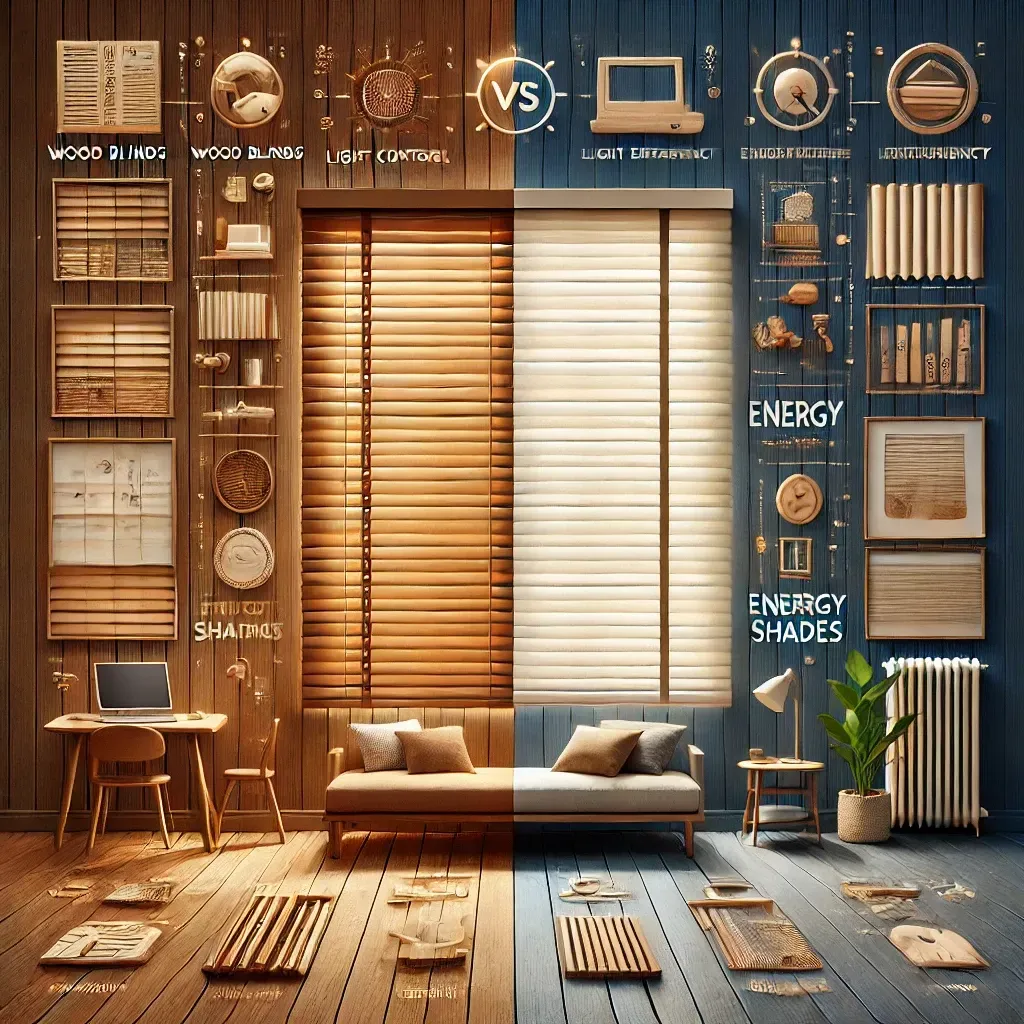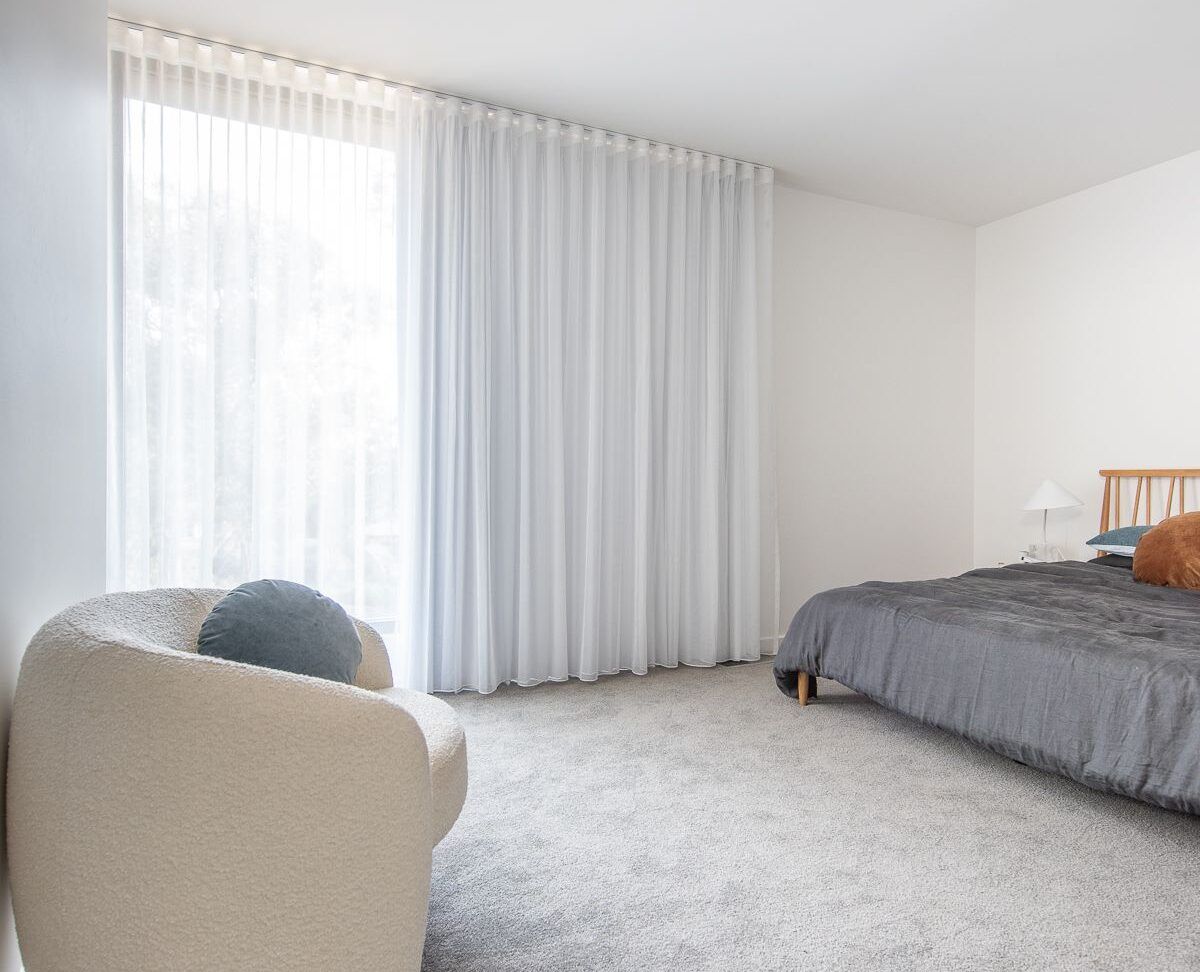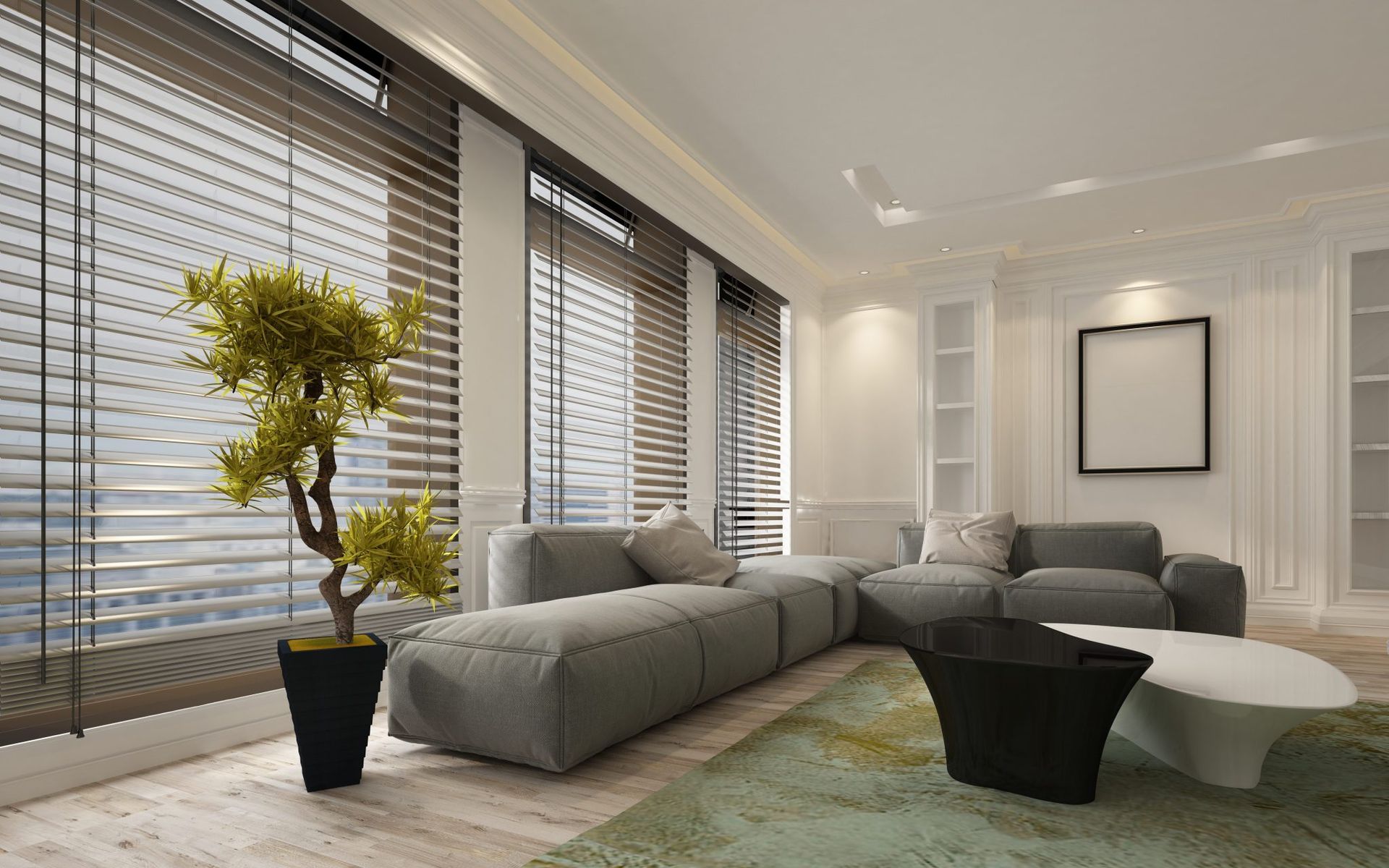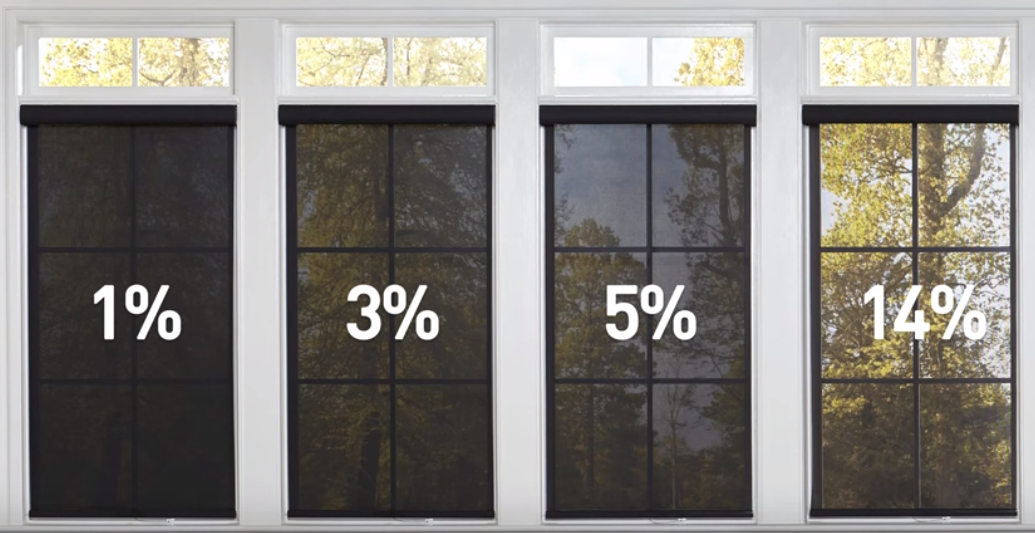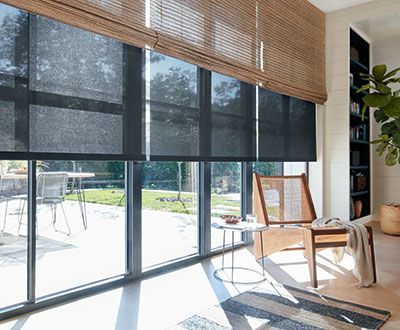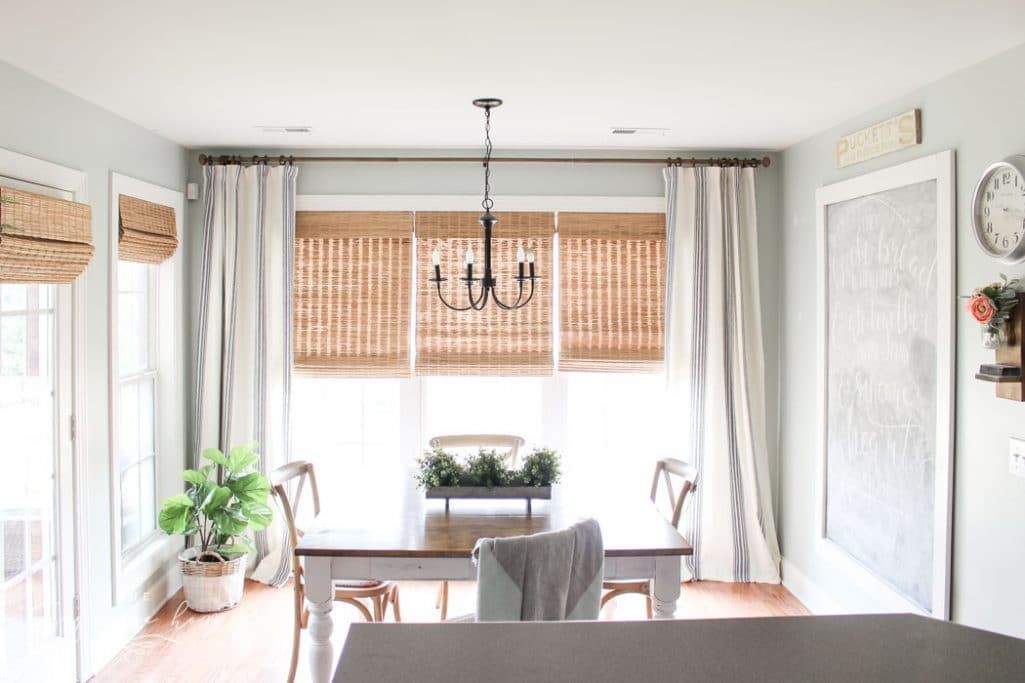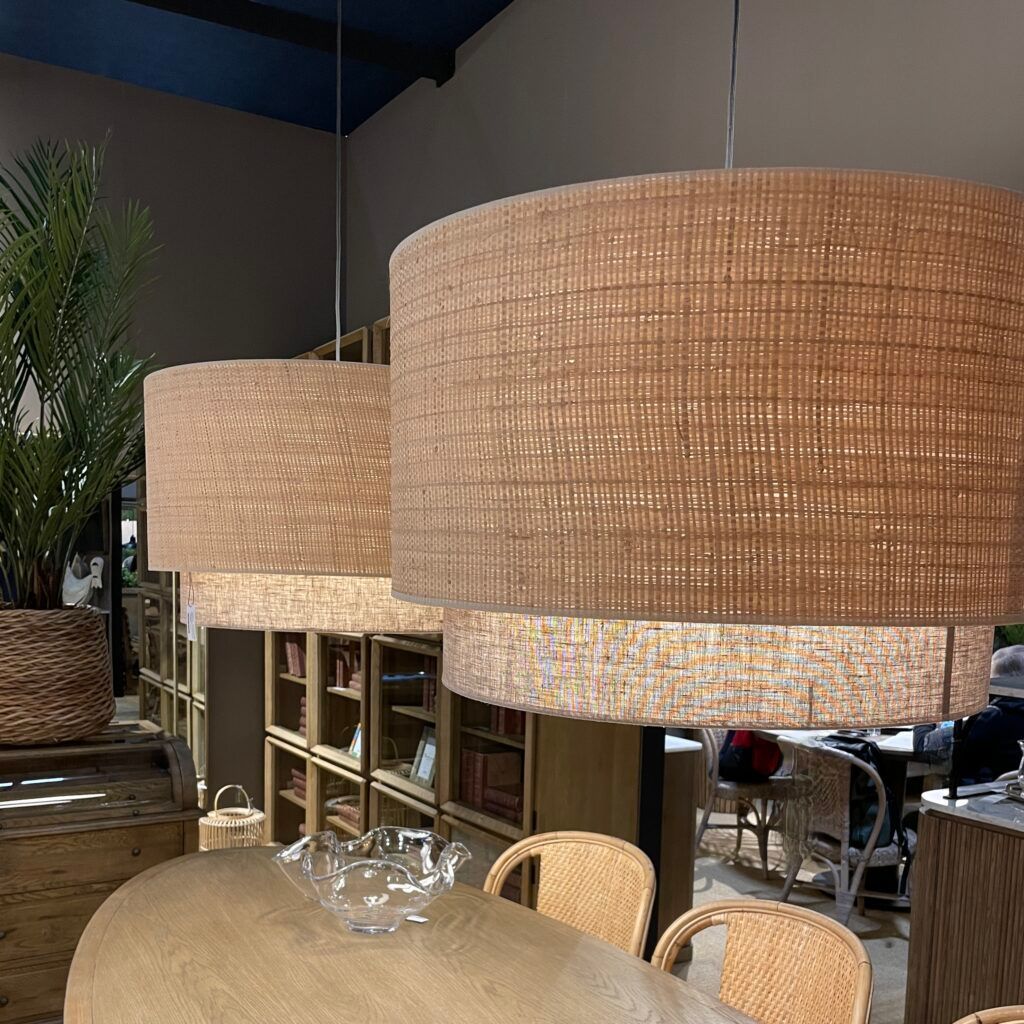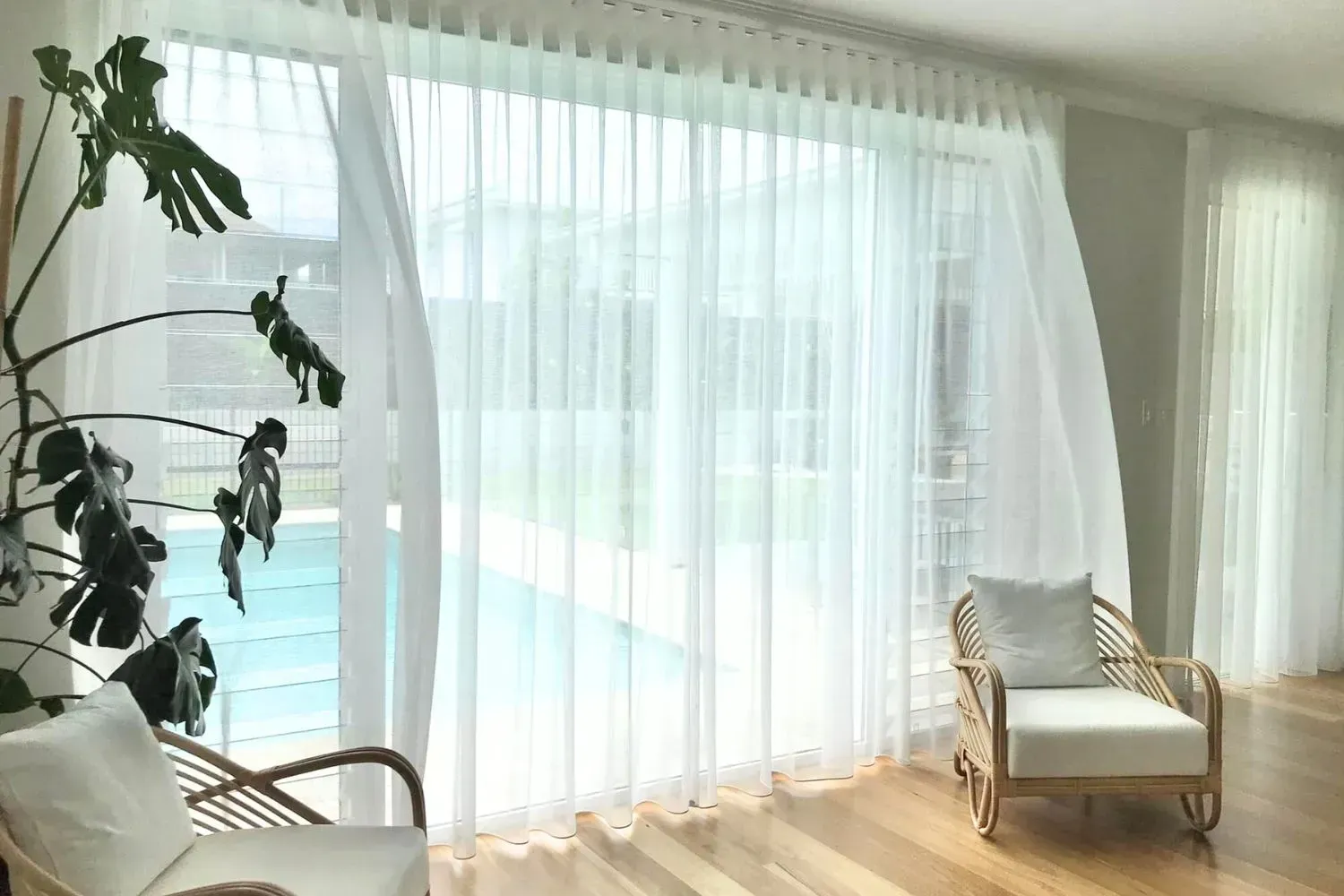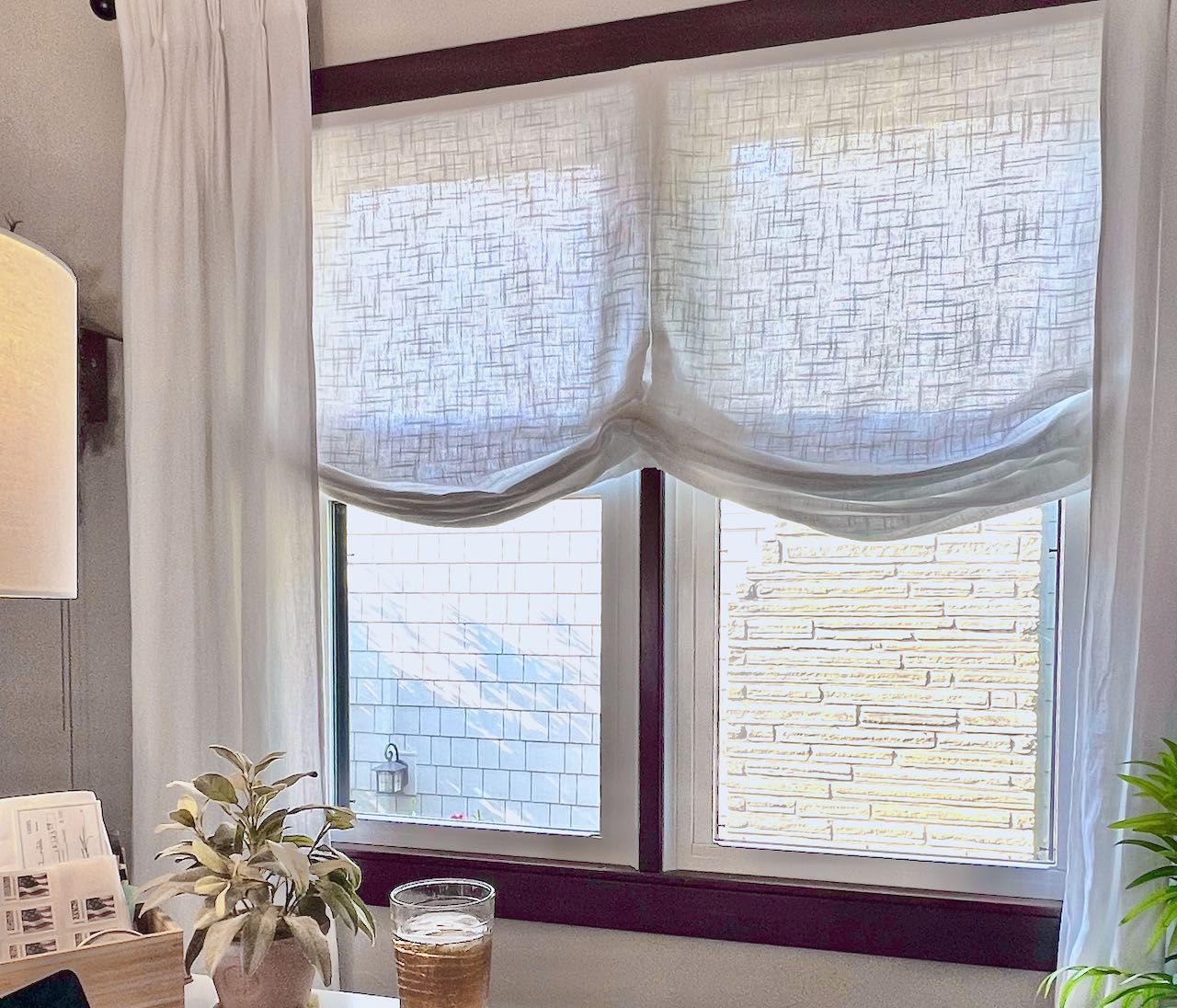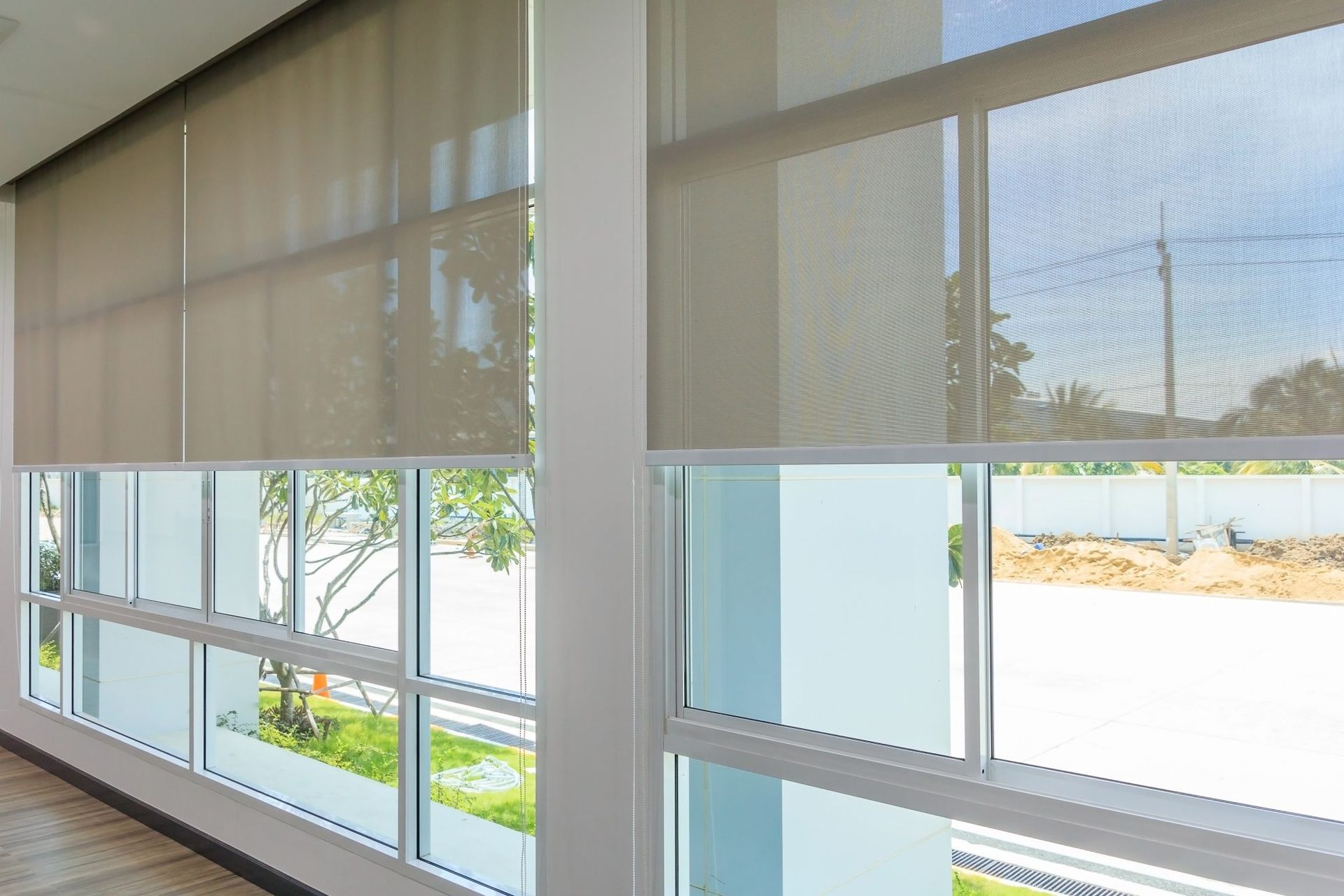Wood Blinds vs. Cellular Shades: What is the Difference?
The key difference between wood blinds and cellular shades lies in their materials and functionality: wood blinds offer a classic, natural aesthetic with adjustable slats for light control, while cellular shades provide superior energy efficiency through their unique honeycomb structure. Both options offer unique benefits, but understanding these distinct characteristics can help you choose the window treatment that best suits your needs.
Difference Between Wood Blinds and Cellular Shades
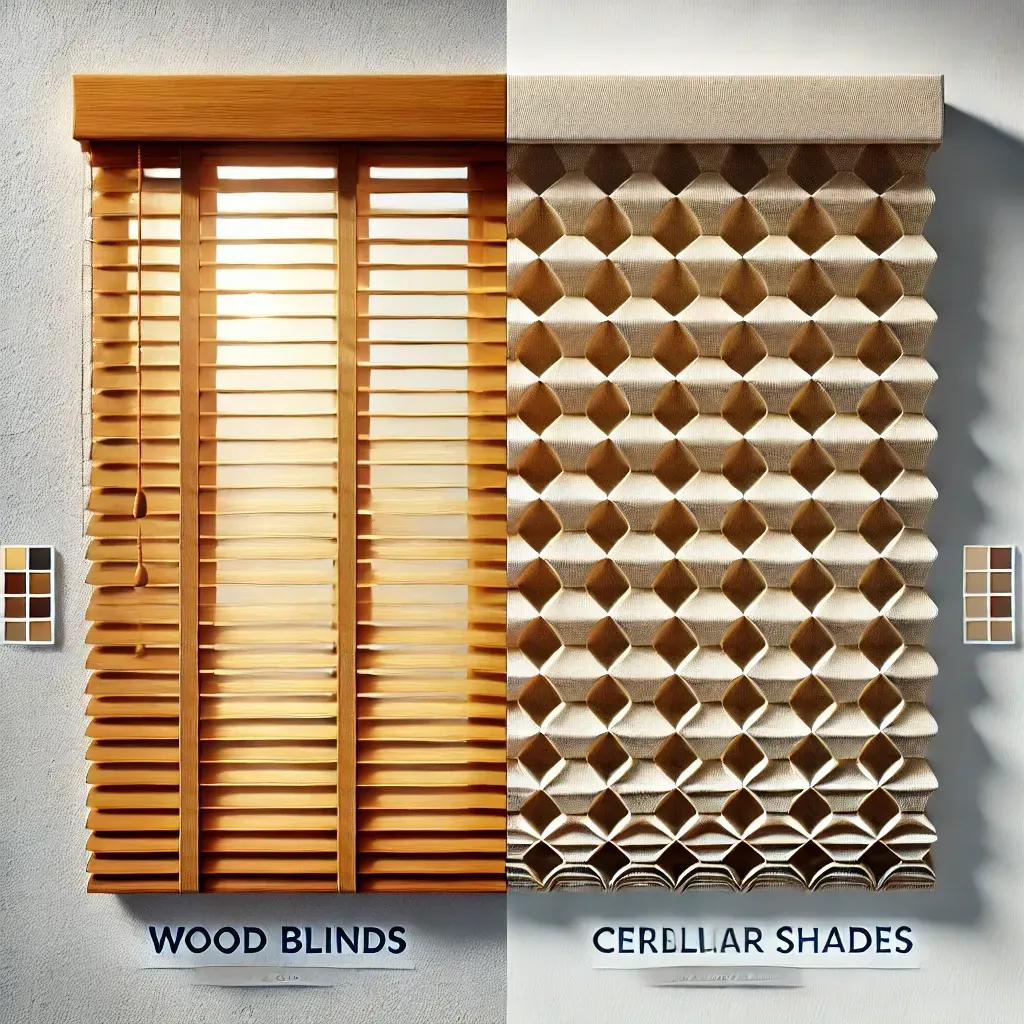
At first glance,
wood blinds and cellular shades may seem like they serve the same purpose: controlling light and providing privacy. However, the materials, construction, and overall impact on your home can differ significantly.
- Wood Blinds: Made from real wood or faux wood, offering a classic, natural aesthetic that complements various interior styles. When considering wood blinds pros and cons, they provide a timeless look but may require more maintenance compared to other options.
- Cellular Shades: Also known as honeycomb shades, constructed from fabric that forms a series of cells or honeycombs, creating pockets of air that enhance insulation.
Understanding these differences is crucial for making an informed decision that aligns with your functional needs and design preferences.
Comparison of Wood Blinds vs. Honeycomb Shades
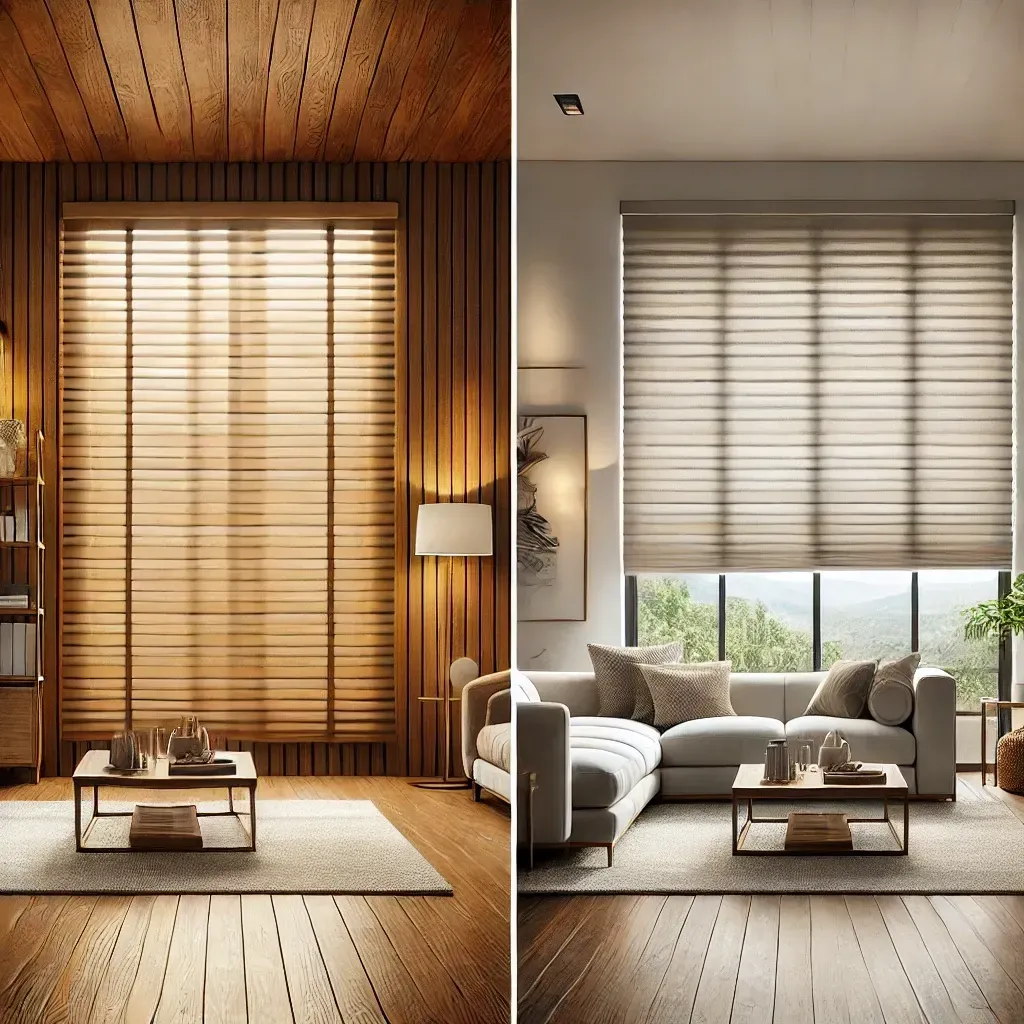
When comparing wood blinds and honeycomb shades, one of the primary considerations is their aesthetic appeal.
- Wood Blinds: Bring a timeless, elegant look to any room, adding warmth and richness. Their versatility in terms of stains, colors, and finishes allows them to match a wide range of decor styles, from traditional to modern.
- Honeycomb Shades: Offer a more contemporary look with clean lines and a minimalist design. They are available in a variety of fabrics, colors, and opacities, making them an excellent choice for those who prefer a sleeker, understated window treatment. The uniform appearance of cellular shades can blend seamlessly into modern or transitional interiors.
Wood Blinds Pros and Cons
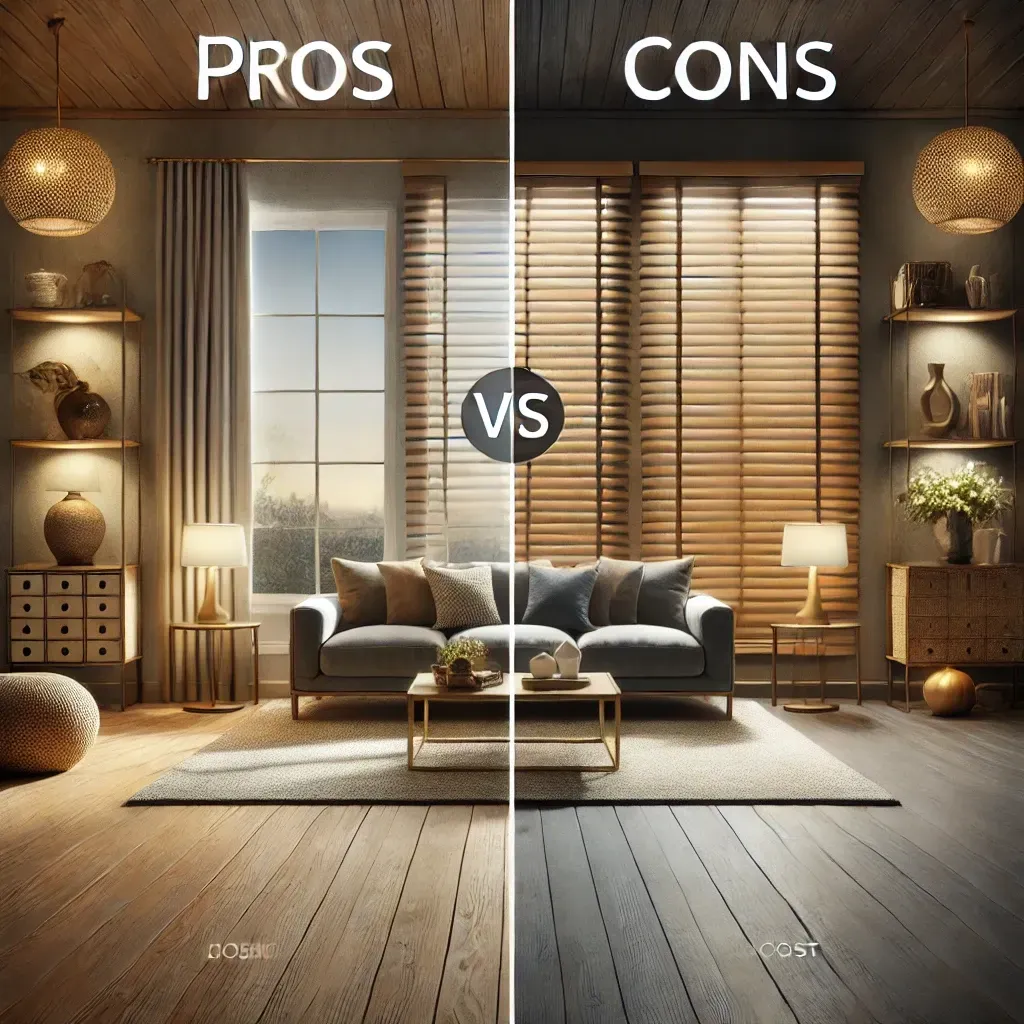
Wood blinds come with a host of benefits, but they also have some drawbacks that should be considered.
Pros:
- Aesthetic Appeal: The natural wood grain and texture add a touch of luxury and sophistication to any space.
- Durability: High-quality wood blinds can last for years with proper care, resisting warping and fading.
- Light Control: Wood blinds offer excellent light control, allowing you to adjust the slats to let in just the right amount of light or block it out entirely.
- Custom Options: Available in various wood types, stains, and finishes, wood blinds can be customized to suit your specific taste and decor.
Cons:
- Cost: Wood blinds tend to be more expensive than cellular shades due to the materials and craftsmanship involved.
- Weight: They can be heavier, which might not be ideal for larger windows or for those who prefer ease of use.
Advantages Wood Blinds vs. Cellular Shades
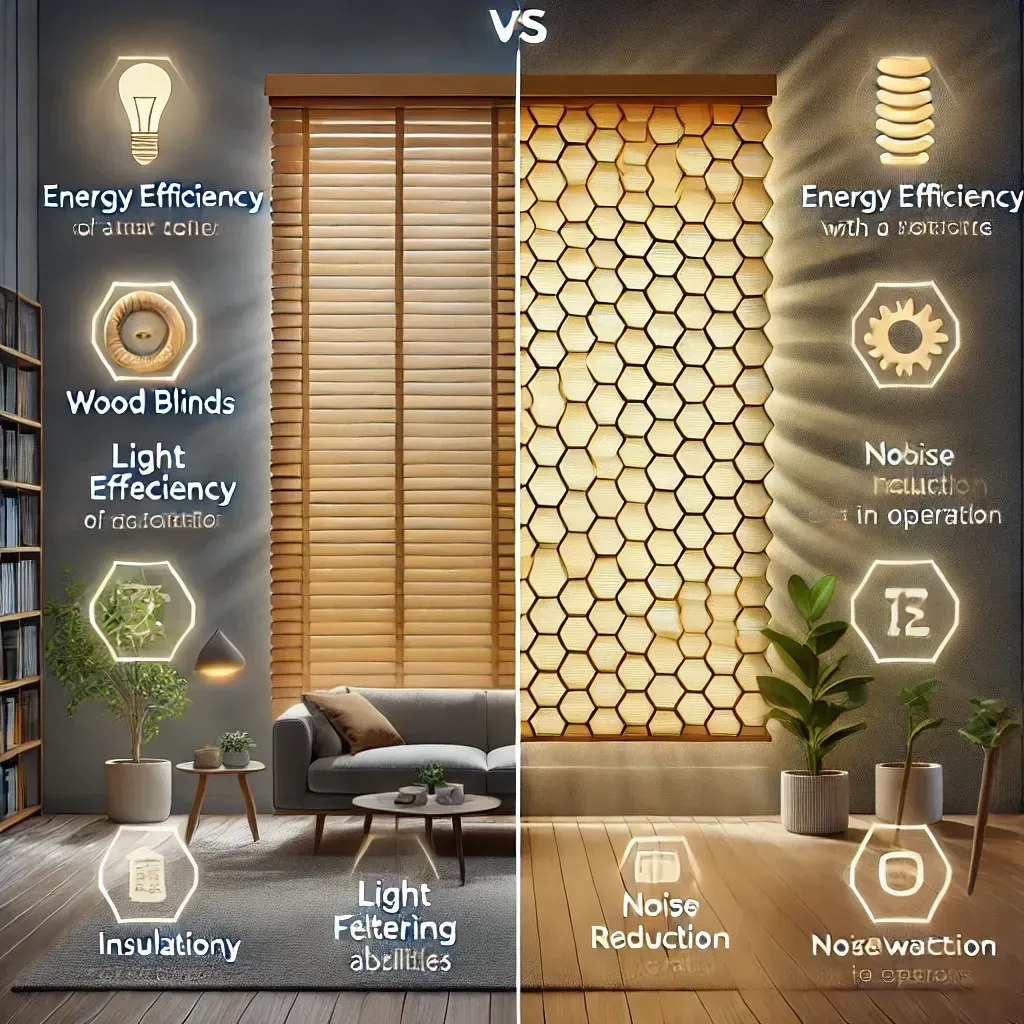
- Energy Efficiency: The honeycomb structure of cellular shades traps air in the cells, providing an extra layer of insulation. This feature helps keep your home warmer in the winter and cooler in the summer, potentially reducing energy costs.
- Light Filtering: Cellular shades come in various opacity levels, allowing you to choose between light-filtering options that let in soft light and blackout options that block light entirely.
- Noise Reduction: The fabric and cellular construction also help to reduce outside noise, creating a quieter indoor environment.
- Lightweight and Easy to Operate: Unlike wood blinds, cellular shades are lightweight and easy to lift, making them a user-friendly option for all window sizes.
Comparing Wood Blinds and Cellular Shades: Which Is Right for You?
When deciding between wood blinds and cellular shades, consider the following factors:
- Aesthetic Preferences: If you love the natural beauty and warmth of wood, wood blinds might be the better choice for your home. However, if you prefer a sleek, modern look, cellular shades could be more appealing.
- Energy Efficiency: If reducing energy costs is a priority, cellular shades are the superior option due to their insulating properties.
- Light Control: Wood blinds offer precise control over light levels through adjustable slats, while cellular shades provide more uniform light filtering or blackout capabilities.
- Budget Considerations: Wood blinds tend to be more expensive, so if budget is a concern, cellular shades might be a more cost-effective solution.
- Maintenance: Wood blinds require regular cleaning and maintenance to keep them looking their best, while cellular shades are relatively low-maintenance.
Why Choosing Between Wood Blinds and Cellular Shades Matters
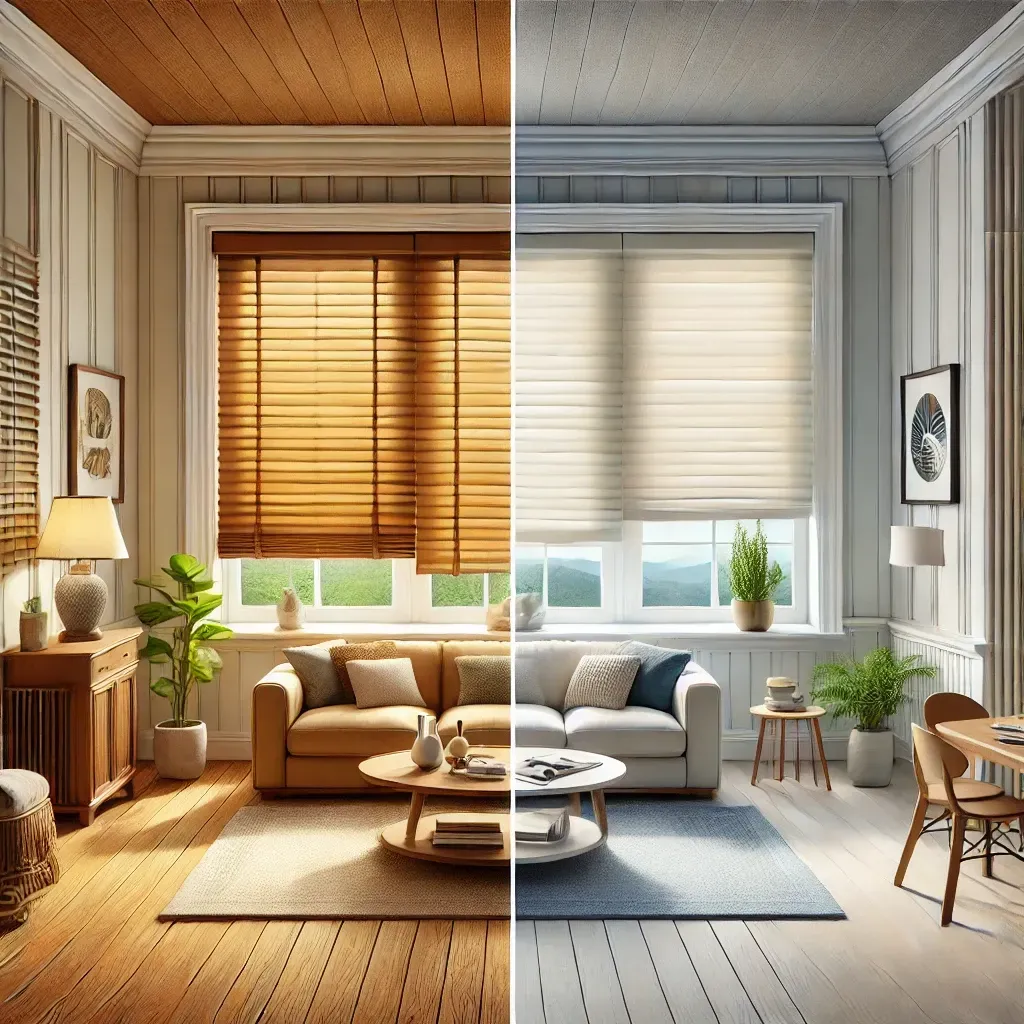
The choice between wood blinds and cellular shades can significantly impact the comfort, style, and energy efficiency of your home. Each option has its strengths and weaknesses, and the best choice will depend on your specific needs and preferences.
- For a Classic, Warm Look: Go with wood blinds.
- For Energy Savings and a Modern Aesthetic: Choose cellular shades.
By understanding the differences between these two popular window treatments, you can make a more informed decision that enhances both the beauty and functionality of your living space.
Conclusion
window blinds and window shades comes down to what matters most to you. Whether it’s the timeless appeal of wood or the energy efficiency of cellular shades, each option has something unique to offer.
Before making your final choice, consider the following:
- Your home’s decor style
- Energy efficiency needs
- Light control preferences
- Budget constraints
- Ease of maintenance
With these factors in mind, you’ll be well-equipped to choose the window treatment that best suits your home, ensuring a perfect blend of style, function, and comfort.

